Bonsai trees are tiny, stunning plants that you can grow in pots. Whether you’re looking to place a bonsai in your home, on a balcony, in a garden, or on a porch, you’re probably curious about what investing in these miniature trees involves.
They come in a wide range of prices, making them accessible to many or a luxury for some. Their prices can start as low as $20 and soar to thousands, with some reaching over $1 million!
Let’s explore what makes some bonsai trees more affordable and others pricier, and get a clearer picture of bonsai tree costs.
- Related article: Bonsai Tree Grow Guide
7 Key Takeaways on How Much Are Bonsai Trees
- Bonsai tree costs vary significantly, ranging from $20 to over $1 million depending on factors like age and rarity.
- Small, young bonsai trees at garden centers typically cost between $20 and $50, making them accessible for beginners.
- Medium-sized bonsai trees with some training usually range from $50 to $200, while well-trained, larger specimens can exceed $1,000.
- The age of a bonsai tree greatly influences its price, with older trees commanding higher costs due to the time and care involved in their cultivation.
- The design complexity and cultivation difficulty of a bonsai tree can significantly impact its price, reflecting the artistry and expertise required.
- Bonsai trees from regions with rich traditions, such as Japan, are often more expensive due to their cultural significance and meticulous care.
- Bonsai tree kits provide an affordable entry point for beginners, including essential tools and young trees, usually priced between $25 and $150.
How Much Is a Bonsai Tree?
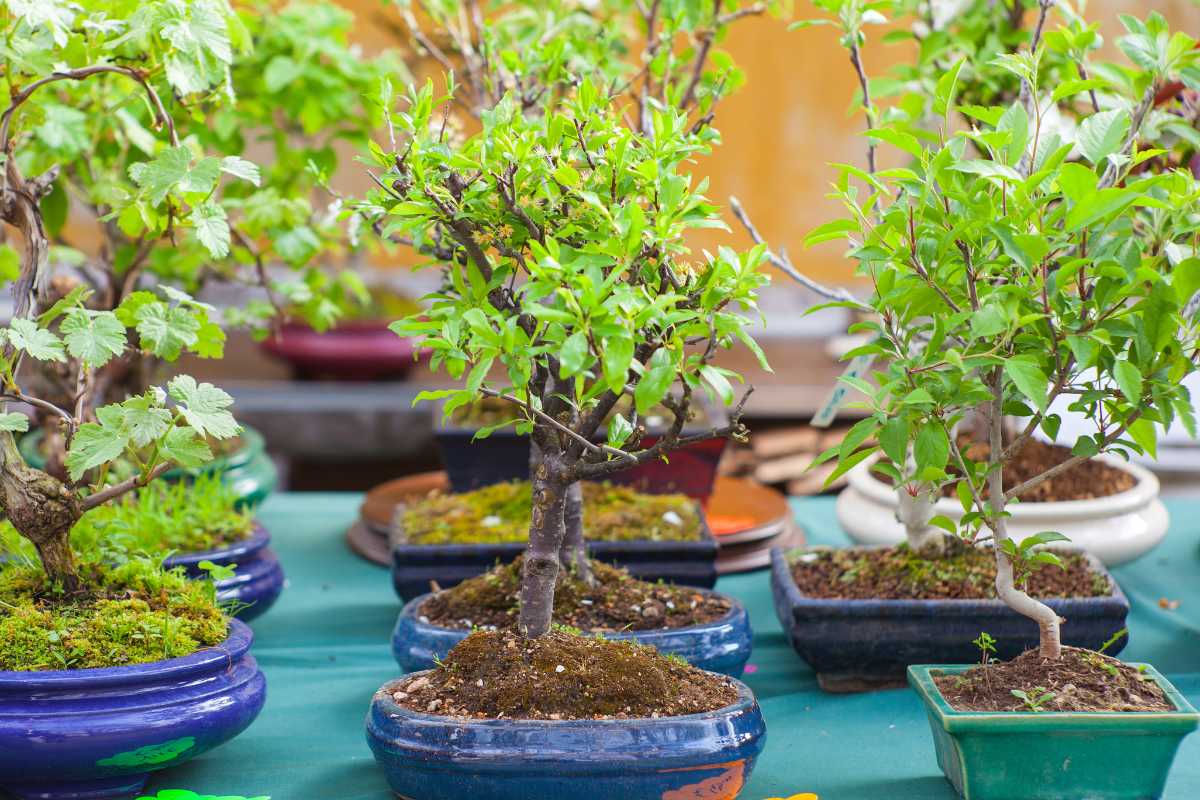
Bonsai tree costs can vary greatly based on several factors. At garden centers, small and young bonsai trees, often referred to as “gift trees,” generally range from $20 to $50. These affordable bonsai trees are perfect for beginners learning the art of bonsai. For instance, a Ficus bonsai tree can be found for about $60.
As you explore medium-sized bonsai trees, expect to see prices between $50 and $200. These trees are slightly older and may feature some training. On the higher end, large, well-trained bonsai trees with impressive structure and root bases can cost between $200 and $1,000 or more.
The high cost of some bonsai trees is primarily due to their age, design, rarity, and historical significance. Rare and difficult-to-grow species, along with antique pots, further contribute to their high prices.
The most expensive bonsai trees, like the Yamaki Pine, a Japanese white pine with an estimated age of over 800 years, can sell for up to $400,000. Another example is the Japanese white pine bonsai, which can go for as much as $160,000.
What Factors Affect the Cost of a Bonsai Tree?
What makes a bonsai tree cost what it does? Let’s break down the key factors that influence the price.
1. Bonsai Tree Age
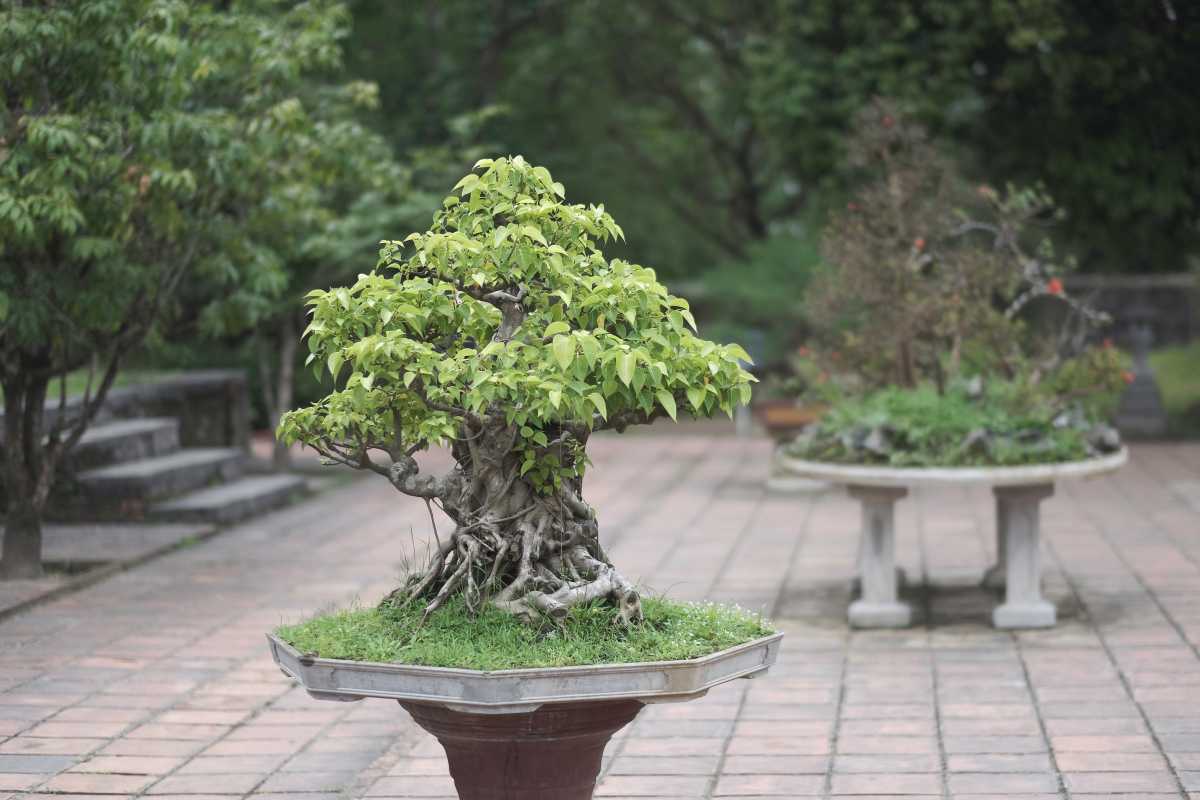
The age of a bonsai tree is a major factor influencing its price. Older bonsai trees often come with a higher price tag due to the extensive time and care required to cultivate them.
For instance, a bonsai tree that is 50 years old might cost several hundred dollars, while a 100-year-old bonsai could be worth thousands, depending on its species and condition.
This premium is because mature bonsai trees have undergone decades of meticulous training and care, embodying the essence of patience and dedication in Japanese culture.
- Read more: Oldest Bonsai Trees
2. Bonsai Design
The design of a bonsai tree significantly affects its cost. Bonsai masters shape their trees into various styles, like the Kengai (cascade) or Ikadabuki (semi-cascade), with each design reflecting unique artistry and complexity.
Trees with intricate, well-executed designs or rare styles tend to be more expensive. The skill involved in creating these designs adds to the bonsai tree’s value, making it a statement piece in any collection.
3. Bonsai Cultivation and Growth Difficulty
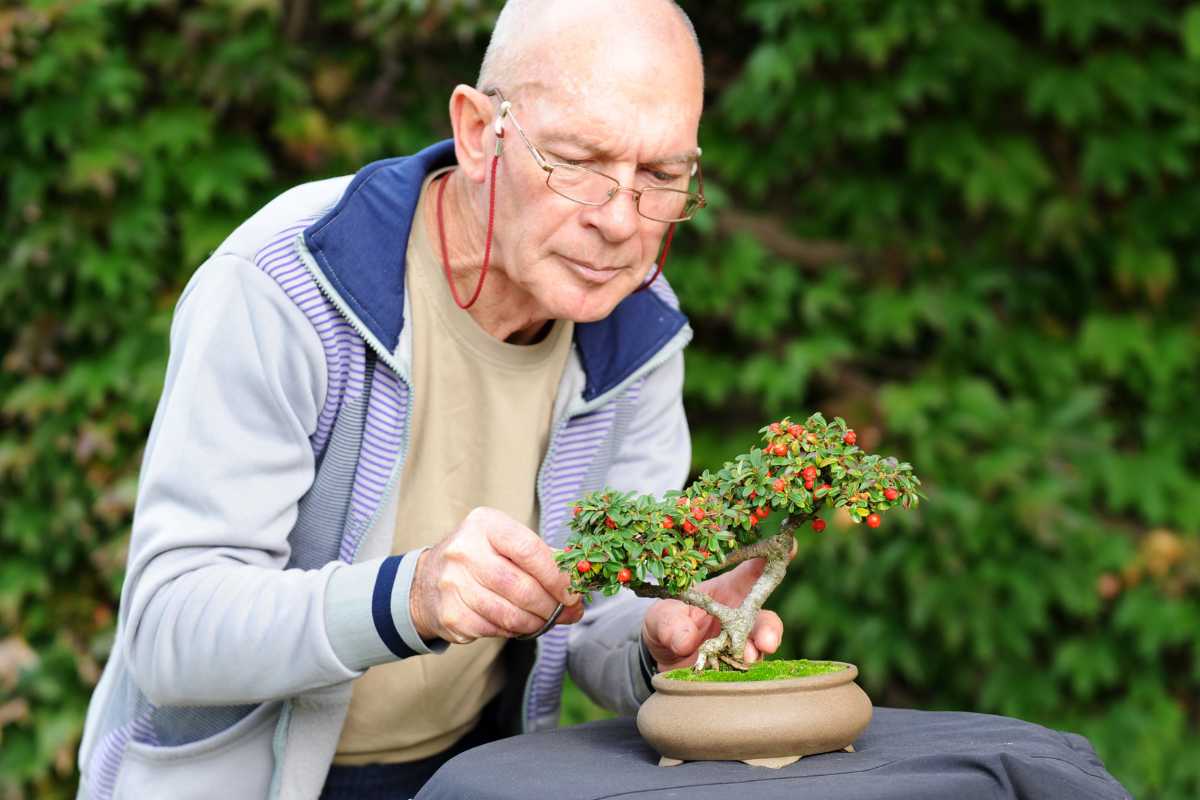
Some bonsai species are harder to cultivate, which can drive up their price. For example, certain types of maples or junipers require specific conditions to thrive, making them more challenging and costly to maintain.
The more effort and expertise needed to grow and train these species, the higher the bonsai tree price. This difficulty can be reflected in the price guide, as these trees often demand a premium due to their cultivation complexity.
4. Bonsai Location
Where a bonsai tree is grown can affect its price as well. Bonsai trees from regions with a rich bonsai tradition, like Japan, often come with a higher price tag.
The local climate, soil quality, and cultural significance play a role in this. Japanese bonsai, in particular, are highly valued due to the country’s deep-rooted bonsai heritage and the meticulous care that goes into growing them.
5. Bonsai History and Pedigree
A bonsai tree’s history and pedigree can significantly impact its price. Trees with notable backgrounds, such as those owned by famous bonsai artists or featured in prestigious exhibitions, are more valuable.
For example, the “Oldest Bonsai in the World,” a Ficus retusa over 1,000 years old, and the historic “Penjing” tree from ancient China and Japan, are highly prized.
Similarly, the “Matsumoto Juniper” in Japan, known for its rich history, adds to its value. The legacy and prestige of these trees make them highly sought-after in the bonsai community.
6. Bonsai Pot
The pot that holds a bonsai tree significantly impacts its overall price. High-quality pots crafted by skilled artisans or featuring unique designs can elevate the cost.
For example, handcrafted Japanese pots may range from $200 to $1,000 or more. Larger or more elaborate pots, especially those made from rare materials, can exceed $2,000.
For budget-friendly options, look for simpler ceramic or plastic pots that cost between $20 and $60. These pots are functional and can still enhance the bonsai’s appearance without breaking the bank.
7. Bonsai Tree Trunk
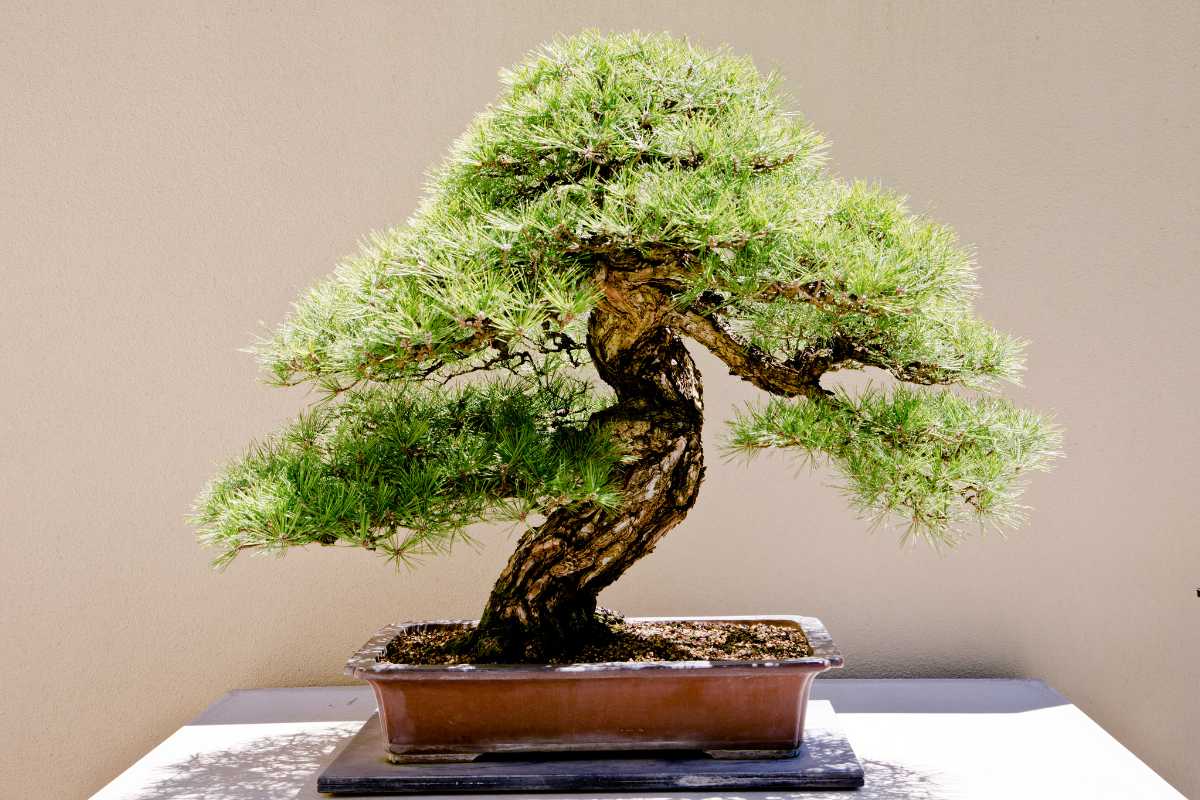
The trunk of a bonsai tree plays a significant role in determining its price. Trees with thick, well-developed trunks that exhibit a graceful taper are generally more valuable.
This is because developing a desirable trunk structure requires years of careful training and cultivation. A robust trunk is a mark of a mature and well-cared-for bonsai, often reflected in the prices of these trees.
What Are Bonsai Tree Kits?

Bonsai tree kits offer a budget-friendly way for beginners to start with the art of bonsai. These kits usually include a young bonsai tree, a pot, soil, and essential tools. Typically, bonsai tree kits are priced between $25 and $150, depending on the size and species of the tree.
Popular bonsai tree species found in kits include juniper, ficus, and Chinese elm, which are relatively easy to care for.
Kits often come with additional items like pruning shears, shaping wire, and a humidity tray, making them a convenient option for those new to bonsai cultivation.
Different Types of Bonsai Trees and Their Prices
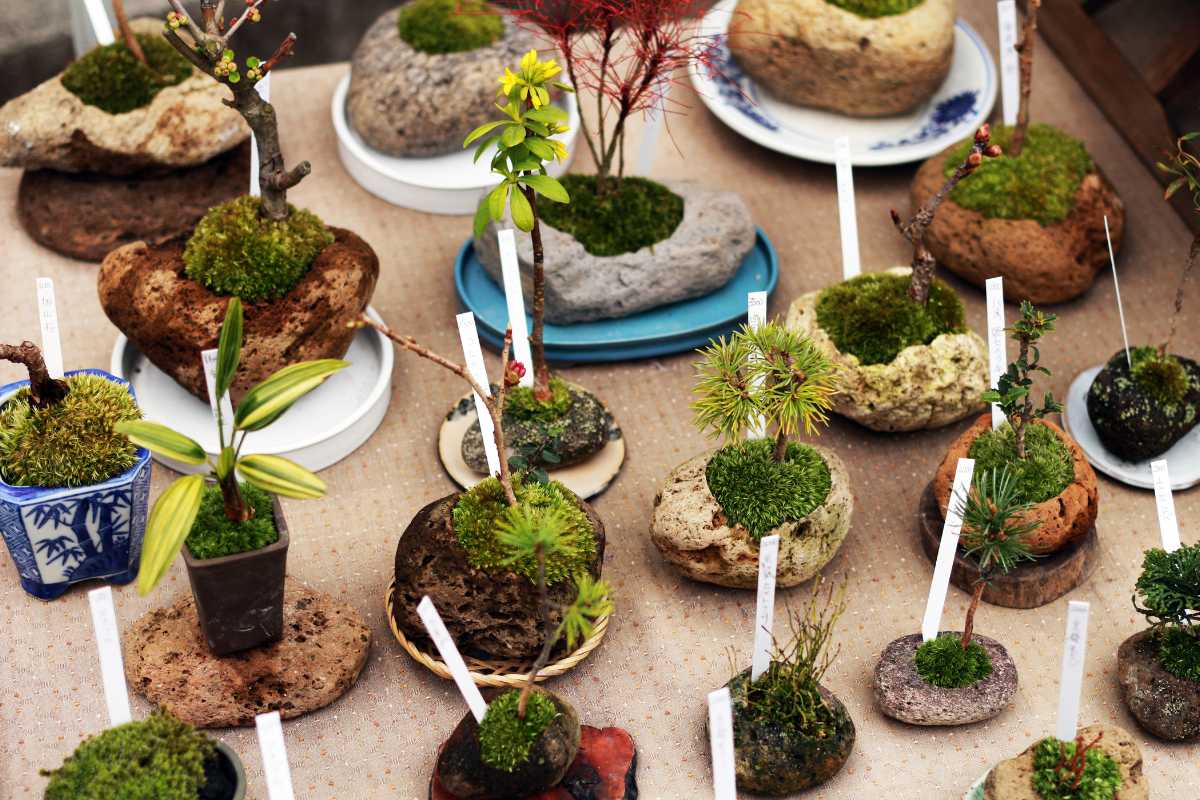
Each species of bonsai tree has its own unique characteristics and price range, reflecting its specific needs and appeal. Here is a table that highlights the average prices, common species, ideal uses, and typical sizes for different types of bonsai trees:
| Bonsai Tree | Average Price | Common Species | Ideal For | Typical Size |
|---|---|---|---|---|
| Juniper Bonsai | $30 – $150 | Juniperus communis | Beginners, outdoor | Small to medium |
| Japanese Maple Bonsai | $50 – $300 | Acer palmatum | Decorative, vibrant foliage | Small to large |
| Ficus Bonsai | $25 – $200 | Ficus retusa | Indoor, low light tolerance | Small to medium |
| Japanese Black Pine | $40 – $500 | Japanese Black Pine | Traditional, rugged appearance | Medium to large |
| Chinese Elm Bonsai | $30 – $150 | Ulmus parvifolia | Versatile, indoor or outdoor | Small to medium |
| Wisteria Bonsai | $50 – $300 | Wisteria sinensis | Flowering, fragrant | Medium |
| Baobab Bonsai | $100 – $1,000 | Adansonia digitata | Exotic, unique trunk shape | Medium to large |
| Dragon’s Blood | $500 – $40,000+ | Dracaena cinnabari | Collectors, high value | Varies widely |
How Much Are Bonsai Trees Final Thoughts
Growing a bonsai tree can be a fun and rewarding hobby. You might think these tiny trees cost a fortune, but their price varies. It depends on the tree’s health, origin, and who crafted it.
Have you ever thought about going on a bonsai journey? It’s more than just caring for a miniature tree. Bonsai can be a great way to unwind and enjoy your free time. Why not give it a shot? You could find yourself with a new passion and a beautiful living artwork to show for it.
How Much Are Bonsai Trees FAQs
1. How Much Do Bonsai Trees Typically Cost?
Bonsai trees can range from $20 to over $1 million, depending on factors such as age, design, and rarity.
2. What Factors Influence the Price of a Bonsai Tree?
The price of a bonsai tree is influenced by its age, design complexity, cultivation difficulty, location, history, and the quality of its pot.
3. Are There Budget-Friendly Options for Beginners?
Yes, beginners can find budget-friendly options, including small, young bonsai trees priced between $20 and $50, as well as bonsai tree kits ranging from $25 to $150.
4. What Are Some Examples of Expensive Bonsai Trees?
Expensive bonsai trees include the Yamaki Pine, priced at up to $400,000, and a Japanese white pine bonsai costing $160,000.
5. How Do Bonsai Tree Kits Help New Enthusiasts?
Bonsai tree kits provide a cost-effective way for beginners to start, offering young trees, pots, soil, and essential tools for a price between $25 and $150.
Learn more about bonsai in these articles:





